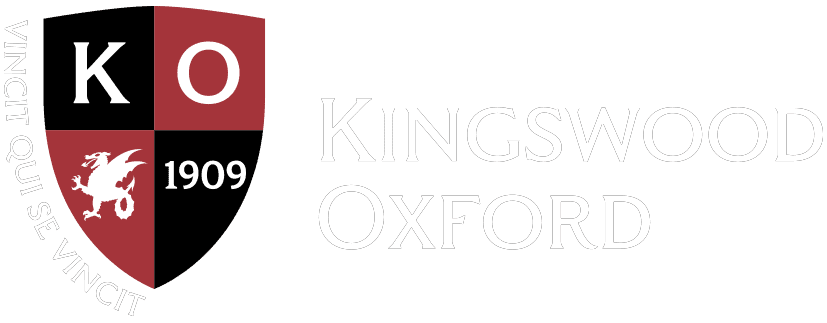September 24, 2019
Seven Student Goals for Technology in the Classroom
Maureen Lamb, Upper School Classics and Language Department Chair
Technology in the classroom is beneficial, but teachers, not the tools, transform learning. To promote student learning, teachers need to facilitate and help the students apply their digital skills to their scholarship.
Technology allows teachers to adjust and to play to various students’ proficiencies and bolsters areas that need work.
Here are seven different attributes from the International Standards for Technology in Education (ISTE) which are designed to empower student voice and ensure that learning is a student-driven process. I’ve explored various means to apply them to the classroom.
Empowered Learner
Students leverage their technology to take an active role in choosing, achieving, and demonstrating competency in their learning goals, informed by the learner sciences.
Ideas for Empowered Learner:
-
Self-reflection through shared or collaborative rubrics on Google docs
-
Peer revise work on Google Slides
-
Autocheck assessments on Google forms and Classroom
-
Create a video for feedback using FlipGrid
-
Create a video describing solutions using Screencastify
-
Self-reflection through Google forms
-
Digital Citizenship
Students recognize the rights, responsibilities, and opportunities of living, learning, and working in an interconnected digital world, and they act and model ways that are safe, legal and ethical.
Ideas for Digital Citizenship:
-
How to responsibly use social media apps, such as Facebook, Twitter, and Instagram
-
Responsible citing of sources using EasyBib and similar resources (Easy Bib Add On)
-
Responsible research using library sources and Google Scholar
-
Knowledge Constructor
Students critically curate a variety of resources using digital skills to construct knowledge, produce create artifacts, and make meaning learning experiences for themselves and others
Ideas for Knowledge Constructor:
-
Graphic organizer to plan and outline notes and research (Google docs)
-
Cite sources properly (again using online sources, such as Google Scholar)
-
Use Wikipedia to inform research, not for research
-
Credibility of resources (Google translate video)
-
Citing YouTube video and infographics
-
Creating Infographics (Google Draw)
-
Innovative Designer
Students use a variety of techniques with a design process to identify and solve problems by creating new, useful, or imaginative solutions.
Ideas for Innovative Designer
-
Reflection on assessments, projects, assignments, etc. (Google forms)
-
Ability to redo assessments (Google forms)
-
Use Flipgrid to practice presentations and speaking assessments
-
Use podcasts (or teacher-created Flipgrids) to practice listening assignments
-
Computational Thinker
Students develop and employ strategies for understanding and solving problems in ways that leverage the power of technological methods to develop and test solutions
Ideas for Computational Thinker
-
Create student polls/surveys (Google Forms)
-
Create infographics
-
Create websites with data and results (Google Sheets, Google sites)
-
Creative Communicators
Students communicate clearly and express themselves creatively for a variety of purposes using platforms, tools, styles, formats, and digital media appropriate to their goals.
Ideas for Creative Communicator
-
Student-created presentations and interviews on Screencastify
-
Student-created blogs on Google sites
-
Edpuzzle for repurposing videos or making relevant video clips for a topic
-
Global Communicator
Students use digitals tools to broaden their perspectives and enrich their learning by collaborating with others and working effectively in teams locally and globally.
-
Ideas for Global Communicator
-
Student choice in project types and media in presenting project (Sites, Slides, Drawing, Docs)
-
Video conferencing through Google meet
-
Email penpals
-
Online discussion threads
-
Virtual field trips through Google Expeditions
Thinkers
Blog Main News
